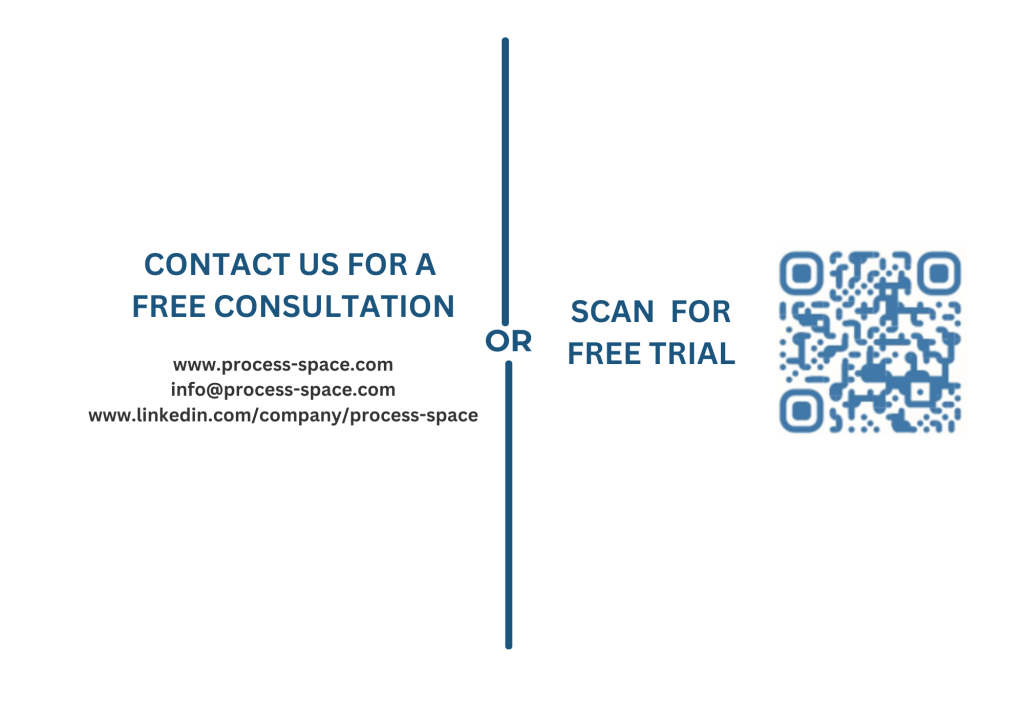There’s a growing divide in the workplace today. As more companies push for a “return to normal” in-office work, younger generations, particularly Gen Z, aren’t buying it. They value flexibility and have proven that productivity doesn’t have to happen within office walls. Yet, many companies still struggle to make remote work… work. Why? Because their processes and performance management methods are stuck in the past.
Instead of adapting to meet the changing expectations of today’s workforce, too many organizations are trying to recreate office workflows in a remote environment. Resulting in frustrated teams, missed deadlines, and a lot of talent looking for jobs elsewhere.
Why Processes Matter More Than Ever
In a hybrid world, it’s not where your team works but how they work. When companies shifted to hybrid models during the pandemic, outdated processes quickly showed their cracks: meetings ran over, deadlines were missed, and communication felt like a never-ending game of telephone.
Here’s what we’ve learned about the essential adjustments that make hybrid work actually work.
1. Meetings Are Killing Productivity
With hybrid teams, it’s tempting to rely on endless meetings to “stay connected.” But constant check-ins can drain productivity, interrupt focus, and leave little time for deep work.
Reduce meeting frequency by setting up automated or asynchronous status updates. Save meetings for discussions that truly require real-time collaboration.

Pro Tip: Designate one or two “meeting-free” days each week. This allows team members to focus on deep work without interruptions.
2.Rethink Performance Management for Hybrid Teams
Traditional performance management often focuses on physical presence and “office behaviours” like punctuality. In a hybrid environment, these metrics become irrelevant. The real measure of productivity is results, not hours spent online.
Here’s how to modernize performance management to suit today’s hybrid teams and effectively monitor progress while giving employees flexibility:
Focus on Outcomes, Not Hours
It’s easy to fall into the trap of tracking hours logged instead of actual results. But productivity isn’t about being online—it’s about what gets done. For hybrid teams, shift performance metrics from hours to outcomes.
Define deliverables and project milestones as performance indicators, not hours worked.

Pro Tip: Use shared dashboards or project timelines where everyone can track progress, which reduces the need for constant check-ins.
Example: A marketing firm saw a 20% productivity boost after moving to outcome-based performance metrics, freeing employees from the pressure of constant “online” status.
Set Milestones and Checkpoints
Break the project into smaller phases, each with its own deliverables and deadlines.
Checkpoints allow you to track progress without micromanaging.

Pro Tip: At each milestone, team members can provide brief updates through a shared platform or project management tool, allowing you to see where they are in the process without daily check-ins.
Use a Project Management Tool for Real-Time Visibility
Define and connect processes in the Process Space®Platform. Begin by setting up your key workflows, outlining every step, task, and responsibility involved. Connect these processes with specific project phases so each stage has clear, established next steps.

Pro Tip: Centralize tasks, deadlines, and updates in a project management tool (such as Asana, Trello, or Monday.com) where everyone can track progress.
Example: In a design project, you might see stages like “Initial Concepts,” “Client Feedback,” and “Final Revisions.” By tracking these stages, you’ll know precisely where each task stands.
Set Up a Results-Based KPI Dashboard
Establish KPIs directly tied to project goals. A shared KPI dashboard, updated regularly, lets everyone see how close they are to hitting key targets.
Examples of KPIs might include “tasks completed,” “milestones achieved,” or specific outcome metrics. Monitoring KPIs in real-time makes it easy to see if a project is on track or needs adjustments.
Emphasize Regular Check-Ins Over Annual Reviews
Remote employees often feel disconnected from their managers and organizations. Regular check-ins (weekly or biweekly) allow managers to celebrate wins, address issues early, and keep employees engaged.
Set up short check-ins to discuss progress and challenges. These feedback sessions should be frequent, not limited to annual reviews.
Encourage team members to post brief, asynchronous updates at the start or end of each day/week, highlighting what they’re working on, any progress, and any blockers.
This keeps everyone accountable and aligned without unnecessary meetings.

Pro Tip: Set up a shared chat channel or dedicated project board for these updates. This way, managers can review progress as needed without requiring live meetings.
Regular “Pulse Checks” Instead of Micromanaging
Schedule short, regular »pulse checks«—either in person or asynchronously—where team members can raise concerns, discuss potential issues, or celebrate recent wins. This can boost morale and productivity in real time, helping managers stay connected to their teams’ needs.
These pulse checks allow for direct input and feedback without daily oversight, which is particularly helpful for large or long-term projects.

Pro Tip: For a two-month marketing campaign, hold a bi-weekly pulse check where the team shares updates on campaign reach, content completion, and lead generation metrics.
Example: A tech company moved from quarterly reviews to monthly one-on-ones, which improved satisfaction scores and made team members feel more supported in a hybrid setup.
Provide Development Opportunities for All Employees
One common pitfall in hybrid work is the “proximity bias,” where in-office employees are favoured for promotions or training. To create an inclusive culture, ensure all employees have equal access to growth and development opportunities.
Offer virtual workshops, cross-functional projects, and mentorship programs that include both in-office and remote team members.

Pro Tip: Pair team members in hybrid mentorship programs so everyone can connect and share knowledge, regardless of location.
Conduct End-of-Phase Reviews and Adjust as Needed
Conduct a quick review at each major phase or milestone to see what worked and what didn’t. Use these insights to make adjustments in the next phase.
This approach tracks progress and supports continuous improvement, giving team members clear feedback on how they’re meeting goals.
3. Disconnected Tools Lead to Disconnected Teams
Information gets lost when tools don’t integrate well, and teams feel disconnected. Simplifying and centralizing tools can help hybrid teams stay organized and focused, no matter where they work.
Choose tools that integrate seamlessly for task management, communication, and file sharing. A central platform saves time and ensures everyone can access the information they need.

Pro Tip: Regularly review your tech stack to ensure your tools meet your team’s needs without creating unnecessary overlap.
Hybrid work succeeds when processes and performance management systems are designed for flexibility and autonomy. By focusing on clear goals, reducing unnecessary meetings, and using tools that support transparency, companies can empower their teams to thrive in a remote-friendly world.
Ready to have a stelar remote team? Start your 30 days FREE trial to the Process Space®Platform to easily implement these strategies and watch how they transform your team’s effectiveness.
If you’d like to learn more or explore how we can help, book a FREE consultation and we’ll help you spot what can be improved.

